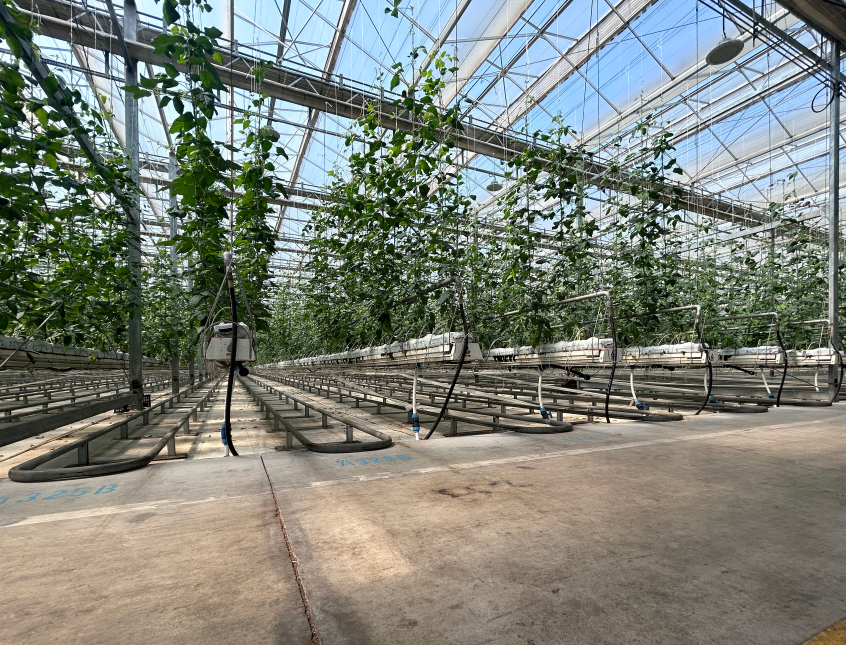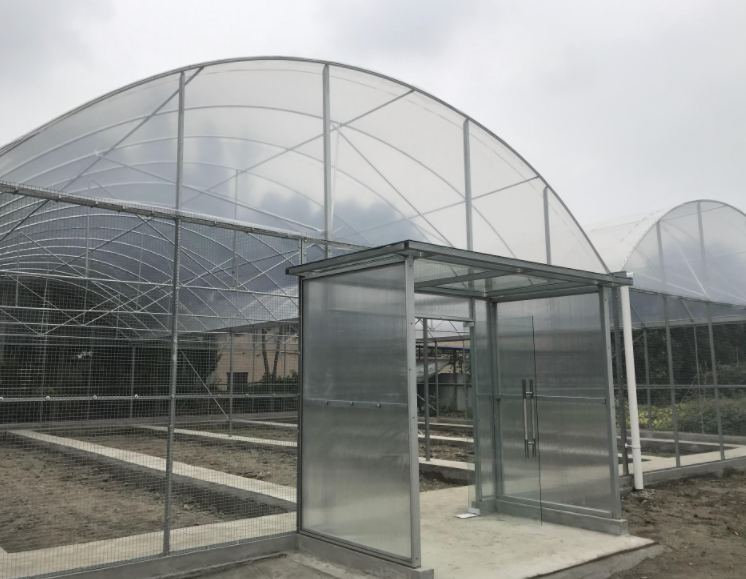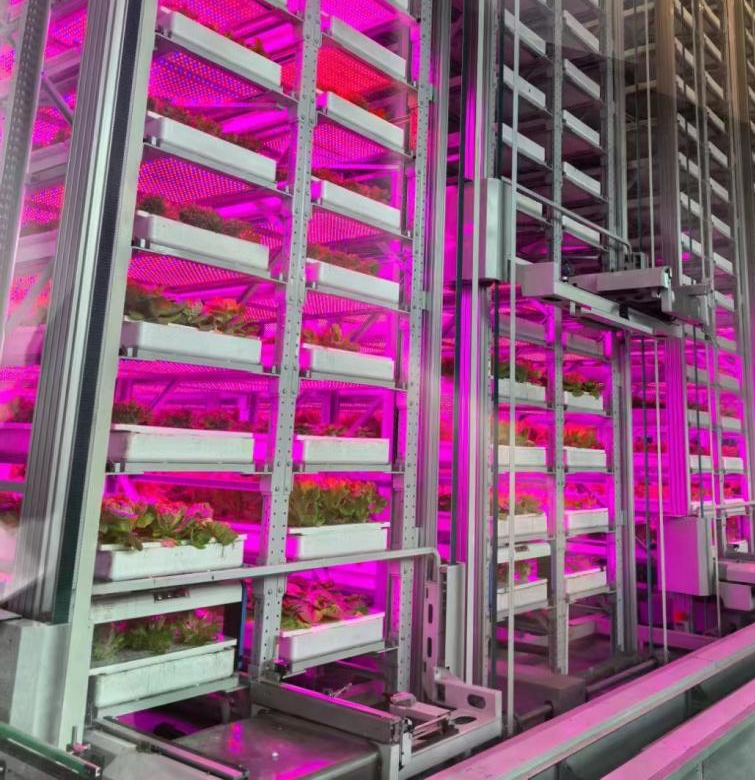Greenhouses are a cornerstone of modern agriculture, enabling us to enjoy fresh vegetables and fruits all year round. But what goes into designing a greenhouse? What makes some designs more popular than others? In this article, we’ll explore the most widely used greenhouse designs and how they’re evolving to meet the future needs of agriculture.
Why Are Greenhouses So Important?
At its core, a greenhouse is a controlled environment that allows plants to thrive regardless of external weather conditions. Whether it’s the freezing winters of Scandinavia or the intense heat of the desert, greenhouses create ideal conditions for plant growth by regulating temperature, humidity, and light. This allows for year-round cultivation, offering a reliable source of food no matter the season.
Take the Netherlands, for example. Known for its advanced greenhouse farming techniques, the country has set global standards for maximizing crop yields while minimizing water and energy consumption. Their approach shows how essential greenhouses are to modern, sustainable farming.

What Are the Most Common Greenhouse Designs?
While every greenhouse design has its unique advantages, some designs have become standard in agricultural settings worldwide. Let's take a look at the most popular ones:
1. Arched Greenhouses: The Classic Choice
Arched greenhouses feature a curved, half-dome shape, making them highly effective at handling snow and wind. This design helps distribute pressure evenly, preventing damage from heavy snow or strong winds. The arched shape also promotes better air circulation, reducing the risk of mold and mildew.
In cold climates like Finland, this type of greenhouse is widely used, providing a stable environment for crops during harsh winters. Chengfei Greenhouses also adopt a similar structure, designed to withstand extreme weather conditions with its robust framework that excels in snow and wind resistance.

2. A-Frame Greenhouses: Maximizing Space
The A-frame greenhouse has sloping sides that meet at a sharp peak at the top. This design helps shed snow and rain, preventing accumulation that could damage the structure. The triangular shape also increases interior space, improving ventilation and light penetration.
Ideal for large-scale farming operations, A-frame greenhouses are popular for growing high-yield crops like vegetables and fruits. The design not only maximizes space but also enhances resilience against bad weather, making it a go-to choice for many farmers.
3. Lean-To Greenhouses: Simple and Efficient
A lean-to greenhouse features a single sloped roof that leans against a wall. It’s a cost-effective option, perfect for small-scale farming or urban gardening. The roof faces the sunniest direction, which allows it to harness natural light efficiently.
This design is ideal for city dwellers with limited space, such as those using rooftops for gardening. The simplicity of the lean-to greenhouse makes it an affordable and practical solution for urban agriculture.
4. Multi-Span Greenhouses: The Commercial Giant
Multi-span greenhouses consist of several connected greenhouse units, forming a much larger growing area. These structures are designed to share common walls, reducing construction costs. The layout also helps in energy efficiency, as multiple greenhouses can share heating and cooling systems, making them perfect for large-scale commercial farming.
This design is particularly effective for vegetable production, such as tomatoes and cucumbers, where a steady and controlled environment is crucial for maintaining high yields.
What Does the Future Hold for Greenhouse Design?
Greenhouses are evolving, and the future looks smarter, greener, and more efficient. New technologies are making greenhouses not only more productive but also more sustainable.
1. Smart Greenhouses: Efficiency at Its Best
Smart greenhouses use sensors and automated systems to monitor and adjust the internal environment in real-time. From temperature and humidity to light levels, these systems ensure optimal conditions for plant growth. With automation in place, these greenhouses reduce the need for manual labor, increase yields, and minimize resource wastage.
As the world moves toward more efficient farming practices, smart greenhouses are paving the way for a new era of agriculture.
2. Sustainable Greenhouses: Green Farming for the Future
Today’s greenhouses are placing a greater emphasis on sustainability. Many are integrating renewable energy sources such as solar panels and geothermal heating systems to reduce reliance on traditional energy. By using these renewable sources, greenhouses not only lower their carbon footprint but also achieve energy self-sufficiency.
Sustainability is no longer just a trend—it’s becoming a necessity in agricultural practices worldwide. With sustainable designs, greenhouses are leading the way in reducing the environmental impact of food production.
3. Vertical Farming: Agriculture in Urban Spaces
As urbanization continues to rise, space for traditional farming becomes scarce. Vertical farming is a solution to this problem, allowing crops to be grown in stacked layers. These vertical greenhouses make use of limited space, often in urban areas, and are highly efficient in terms of water usage and land use.
Vertical farming is helping to bring agriculture back to cities, allowing for fresh, local produce right where people live. This innovative approach could transform how we think about food production in the future.
The Challenges and Solutions in Greenhouse Farming
While greenhouses offer many advantages, they also come with challenges—especially when it comes to energy consumption and environmental control. Fortunately, technological advancements are making it easier to address these issues. Many greenhouses are now integrating renewable energy sources and smart control systems to cut down on costs and reduce their environmental footprint.
By using these technologies, modern greenhouses are becoming more efficient, more sustainable, and better suited to meet the growing demands of global agriculture.

Welcome to have a further discussion with us.
Email:info@cfgreenhouse.com
Phone:(0086)13980608118
●#GreenhouseDesign
●#SmartFarming
●#SustainableAgriculture
●#VerticalFarming
●#RenewableEnergy
●#UrbanAgriculture
●#GreenhouseInnovation
Post time: Mar-02-2025







 Click to Chat
Click to Chat